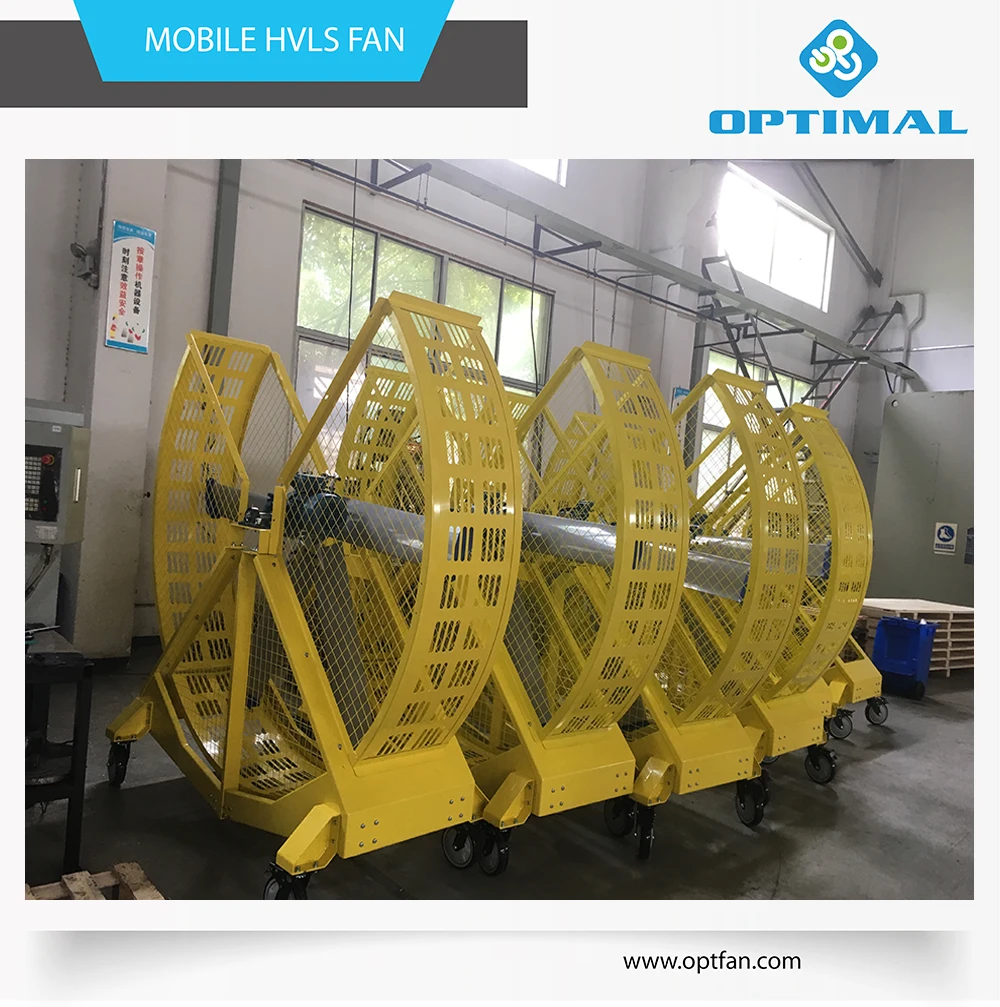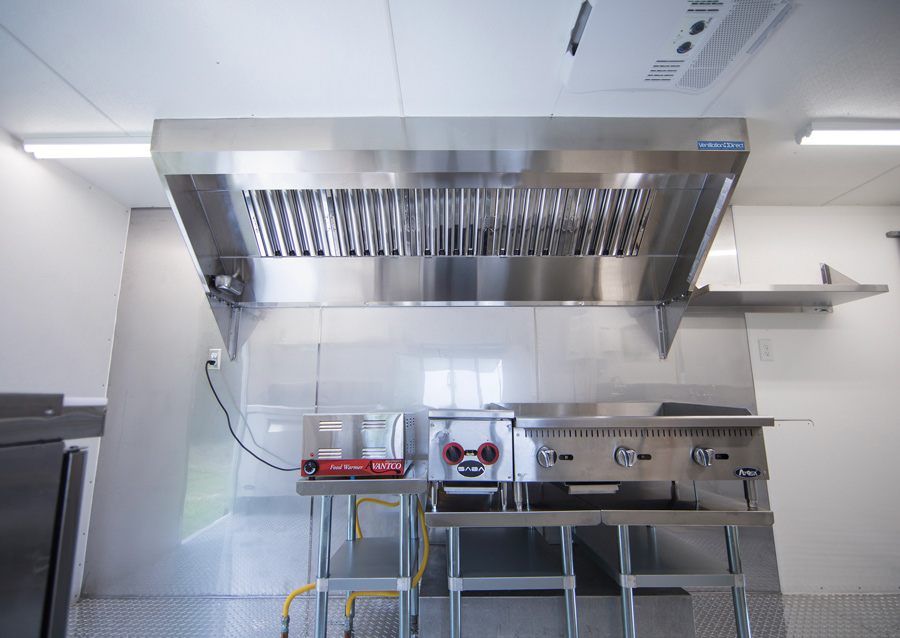


This uses the Dynamic Smagorinsky turbulent viscosity model. Figure 2: Velocity contour results for the 125 mm mesh size case. Velocity contours for the 125 mm case with an exit velocity of 16 m/s are shown in Figure 2. Figure 1: Mesh used to simulate the jet fan experiment for the 62.5 mm case. The upstream boundary was OPEN while the downstream boundary has a 2.3 m wall a distance of 24 m from the jet fan outlet. Two mesh resolutions were used, with mesh sizes of 62.5 mm and 125 mm around the fan. The jet fan is simulated as an HVAC duct, so that smoke drawn into the inlet is conserved and blown out the outlet. The jet fan experiment model is shown below. In all the following calculations the fan outlet was assumed to be a 250 x 250 mm square with velocities of 16 m/s (1 m^3/s) or 18 m/s (1.125 m^3/s) as indicated. A lower bound velocity of 15.1 m/s is obtained using the diameter and flow while a max centerline value of 18.9 m/s was measured in the experiments. The velocity profile at the exhaust from the actual fan is not uniform. For the free jet the fan center was positioned 2.5 m above the floor. Air velocity measurements were made at distances of 0.5, 1, 2, 4, 8, 12 and 16 m from the exhaust. (2011) describe jet fan experiments performed in a 34 x 32 x 6.5 m hall using a Novenco fan (diameter 290 mm, length 2.6 m, exhaust flow 1.0 m^3/s, exhaust velocity 18 m/s, and capacity 21 N). This approach is not recommended since Dynamic Smagorinsky does not perform well for coarse simulations of fire (based on discussions with NIST). This post uses the Dynamic Smagorinsky turbulent viscosity. Videos showing the calculations can be found here, Jet Fan Videos. The focus will be on the full scale jet fan experiments described by Giesen et al. The choice of the dynamic Smagorinsky model is based on the discussions in first two posts on modeling jet fans in which dynamic Smagorinsky viscosity enabled a reasonable solution with a relatively coarse mesh ( Part 1: Background and Convergence Study and Part 2: An Engineering Approach). In this post we use FDS and the Dynamic Smagorinsky turbulent viscosity model to simulate both a full-scale jet fan experiment and clearing of smoke from a car park garage. This post has been replaced by an updated post.


 0 kommentar(er)
0 kommentar(er)
